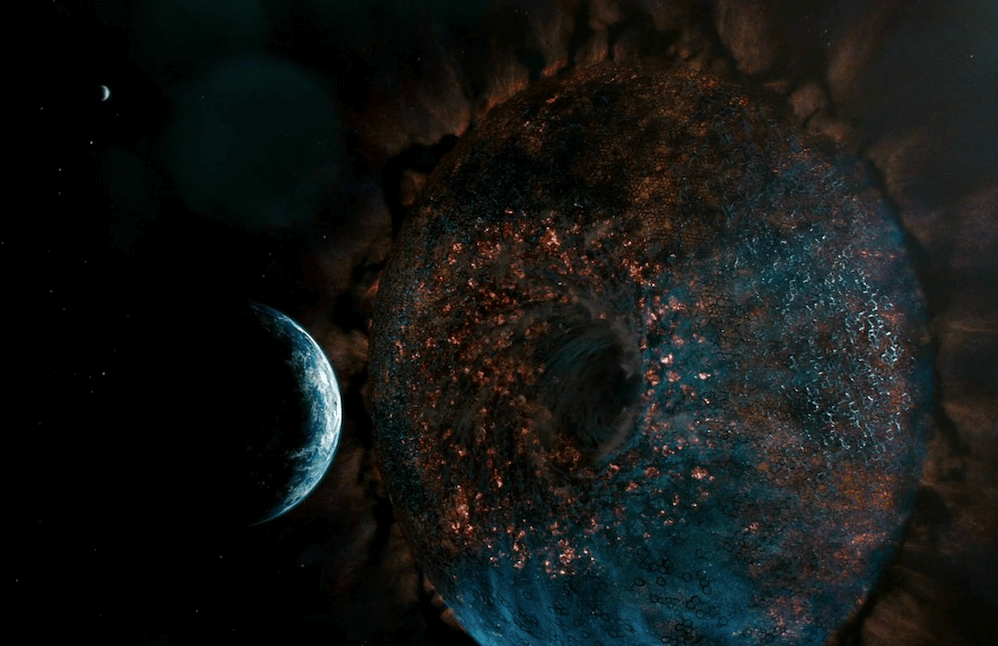It appears so. Tabby’s Star is more formally known as KIC 8462852, and for years it’s baffled scientists across the globe as it quickly and erratically loses its brightness. In one observation period lasting 100 days, the star was captured dimming several times – up to 22 percent at one point, which is almost unexplainable.
Having ruled out several other explanations, astronomers suggested that perhaps some form of advanced alien life was altering the star’s luminosity. However, a new study suggests that instead of blaming alien life for KIC 8462852‘s dimming, the authors suggest a planetary collision with Tabby’s Star is the real cause. Not only would this explain why Tabby’s Star had so many fluctuations in brightness lately but it would also explain why the star has been dimming gradually over the past 100 years or so.
Ken Shen is a UC Berkley astronomer and author on the study and even he says it’s strange that a collision between star and planet would cause the star to become dimmer. However, he also said, “The star has to eventually go back to being dimmer – the equilibrium state – the state that it was at before the collision. Tabby Star’s more recent dimming spurts have been explained by a mess of debris encircling the star and sucking in its light, causing it to appear dimmer down here on Earth.
One theory is that a planet similar to Earth was pushed into KIC 8462852 and as it got near, the planet’s mantle got torn off leaving a massive bunch of material off-gassing around it, absorbing the star’s light. While that was going on the star would eat the planet’s core. Alternatively, a Jupiter-sized planet may have been pushed into KIC 8462852, stripping it of its moons and leaving behind a bundle of cosmic wreckage in which to orbit the star.
So, why was the planet so close to Tabby Star anyway? Brian Metzger, a Columbia University astrophysicist and one of the study’s authors, suggests, “It’s possible that outer star is giving periodic gravitational kicks to the planets around Tabby’s Star.” Metzger also believes that Tabby’s Star may not be that rare either as the Kepler telescope only looked at 100,000 stars in a very small patch of the sky. If every star in the galaxy was observed, we might discover loads of these planet-eating stars that also produce the same light dimming effect.
More News to Read











